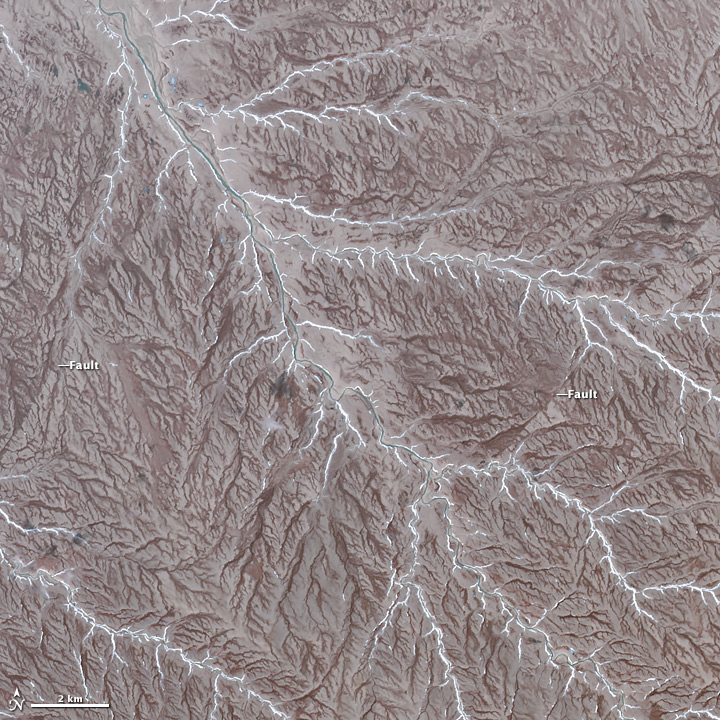The American Geophysical Union recently concluded its Fall meeting in San Fransisco, California from December 14 – 18, 2015. As part of the meeting contributions to science were featured on NASA.gov. Data from Terra’s instruments played important roles in collecting data to further research in each of these featured areas. Read the full features from NASA.gov available at the links below.
El Niño
NASA: Observing the 2015 El Niño – The strongest El Niño since 1997 – 1998 is being monitored for the first time by a host of satellites, including Terra. This video (above) features global data sets from Terra’s instruments and their contribution to El Niño research.
How NASA Sees El Niño Effects From Space – The Moderate Imaging Spectroradiometer (MODIS) contributes to data collection on fires and hurricane monitoring
NASA Examines Global Impact of the 2015 El Niño – El Niño research pulls from data from Terra’s 16 years of data collection, monitoring Earth’s systems from Space
Warming Lakes
Study Shows Climate Change Rapidly Warming World’s Lakes – The Advanced Spaceborne Thermal Emission and Reflection Radiometer (ASTER) contributed to this study.
Earthquakes
Studies of Recent and Ancient Nepal Quakes Yield Surprises – The Advanced Spaceborne Thermal Emission and Reflection Radiometer (ASTER) contributed to this study.





